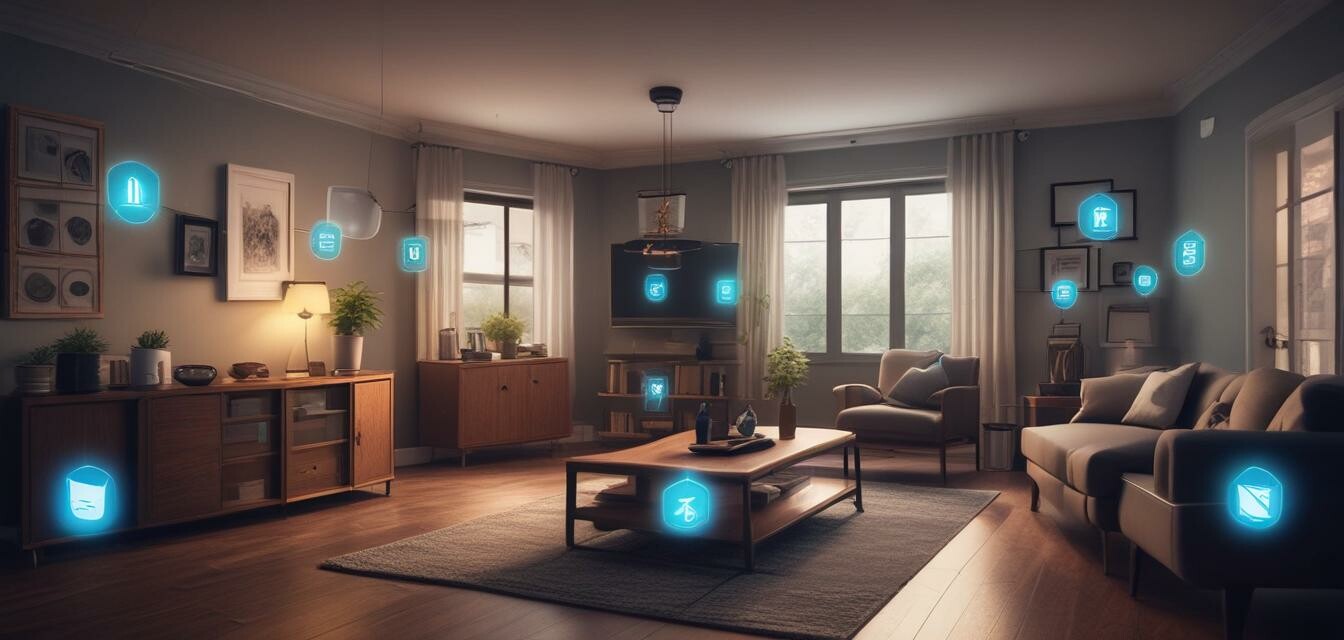
Setting Up a Smart Home Security Network
Key Takeaways
- Understand the essential components of a smart home security network.
- Follow a systematic approach to install and configure your devices.
- Ensure all devices communicate effectively for maximum security.
- Regularly update and maintain your security network to protect against threats.
- Consider integrating additional smart devices for enhanced security features.
Setting up a smart home security network can seem daunting, but with the right approach, you can create a secure and efficient system that helps protect your home. This guide provides step-by-step instructions on how to correctly set up your devices, ensuring they communicate effectively and enhance your home security.
Understanding Your Smart Home Security Components
A well-functioning smart home security network consists of several critical components. Here's a breakdown of the primary devices:
| Component | Description |
|---|---|
| Smart Cameras | They monitor your surroundings and can send alerts when motion is detected. |
| Alarm Systems | These systems detect unauthorized access and can alert you or the authorities. |
| Motion Sensors | They detect movement and trigger alerts or security cameras. |
| Smart Locks | These locks can be controlled remotely, allowing you to secure your home from anywhere. |
| Home Automation Devices | Devices that can integrate with security features for better monitoring and control. |
Steps to Set Up Your Smart Home Security Network
1. Plan Your Security Layout
Before you start installation, plan where you want to place each device. Consider factors such as:
- Areas of high visibility for cameras.
- Entry points for smart locks and sensors.
- Central locations for hubs or routers to ensure widespread connectivity.
2. Install Your Devices
Follow the manufacturer's instructions to install your devices. Here are some general tips:
- Mount cameras at strategic points, such as doorways and driveways.
- Install motion sensors where they can cover extensive areas.
- Set up smart locks on all entry points for easy access control.
3. Connect to Wi-Fi
Ensure all devices connect to a strong Wi-Fi network. This is critical for effective communication:
- Choose a high-speed bandwidth for better performance.
- Check for any dead zones that might hinder connectivity.
- Consider a Wi-Fi extender if needed.
4. Configure Device Settings
Once installed, configure your devices according to your preferences:
- Set alert notifications for security breaches.
- Adjust camera angles for optimal coverage.
- Regularly update software to ensure security standards are met.
Maintaining Your Smart Home Security Network
Even after setting up, maintenance is crucial. Here are ways to keep your network secure:
- Regularly check battery levels on wireless devices.
- Update firmware and software on all devices.
- Review access logs to monitor for unauthorized access.
Enhancing Your Security Setup
To maximize your security, consider integrating:
- Additional smart devices, such as smart lights to deter intruders.
- Home automation systems to schedule security routines.
Conclusion
By following these steps, you can successfully set up a secure network for your smart home security devices. Remember, the key is not just installation but ongoing maintenance to ensure your home remains protected. For further guidance, explore our other articles on Tips & Best Practices and learn about Home Security Systems to keep your home safe.
Pros
- Increased safety and security for your home.
- Remote access and control over devices.
- Customizable notifications for alerts.
- Integration with other smart home devices.
Cons
- Dependency on stable internet connectivity.
- Potential privacy concerns and data security.
- Initial setup costs can be high.
- Need for regular maintenance and updates.
